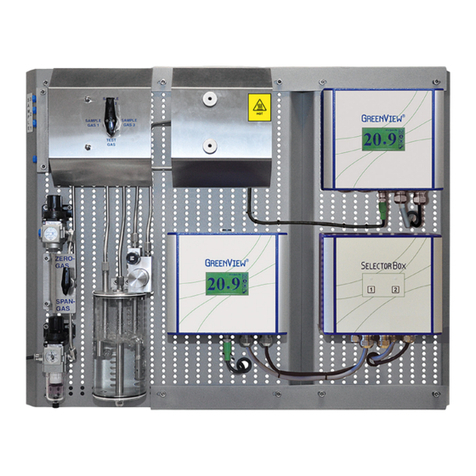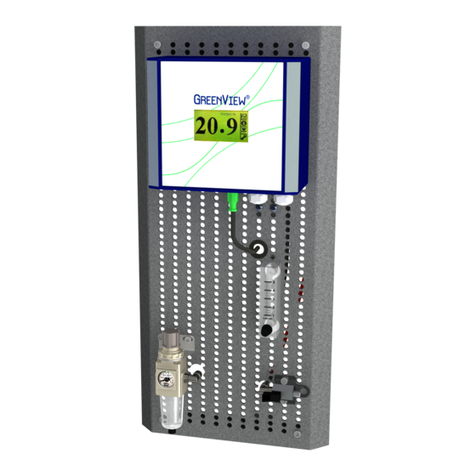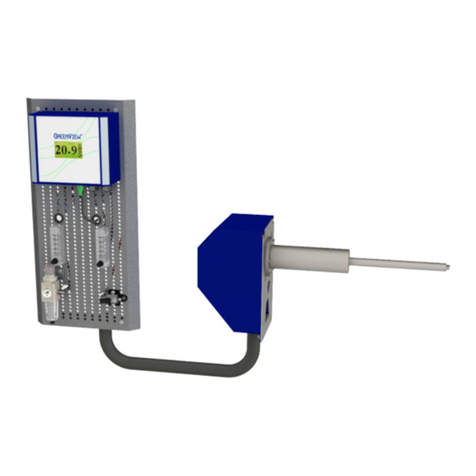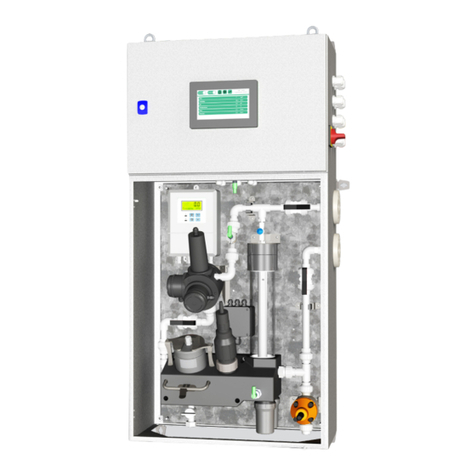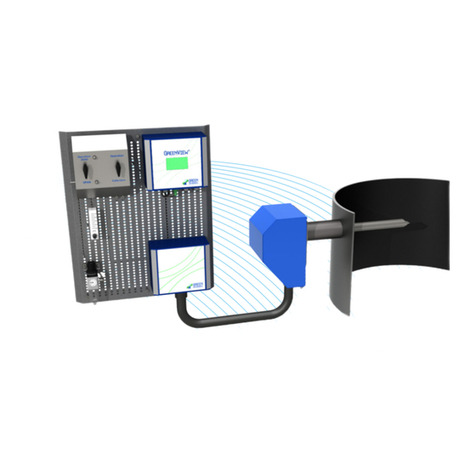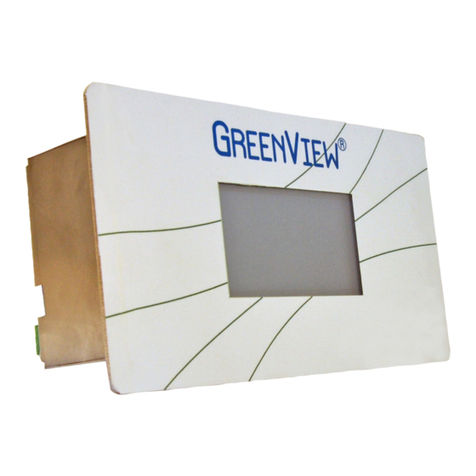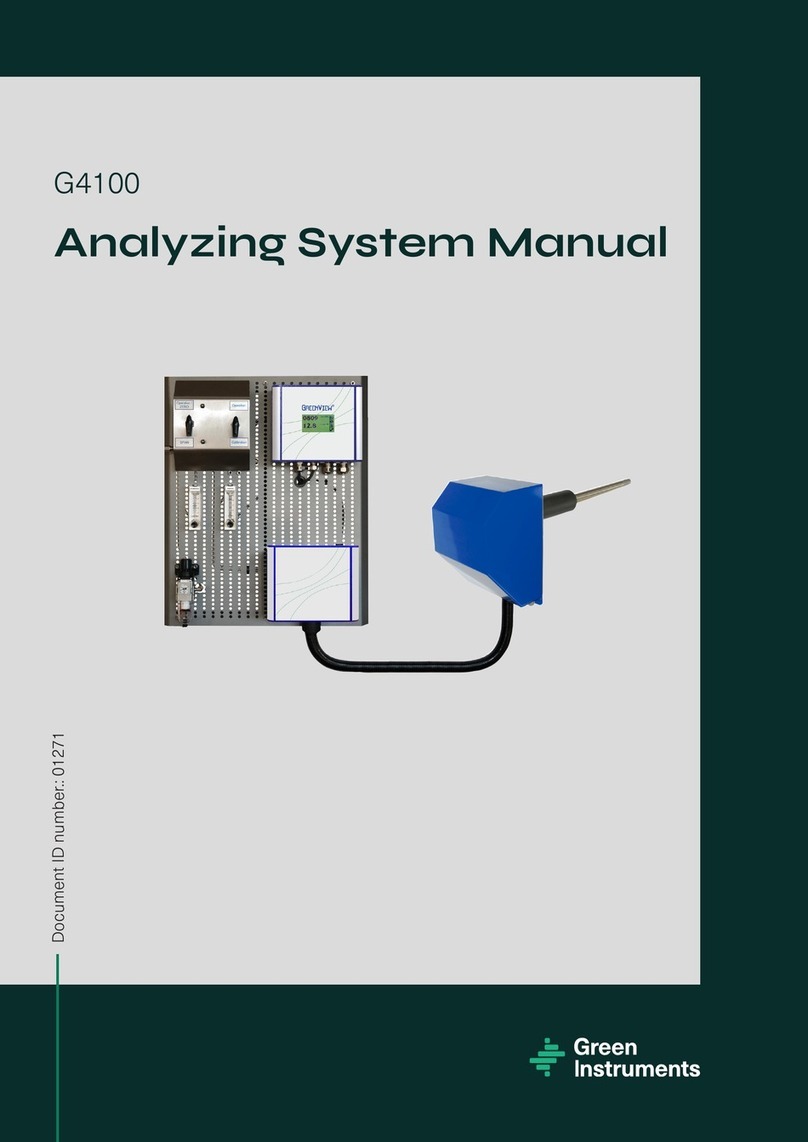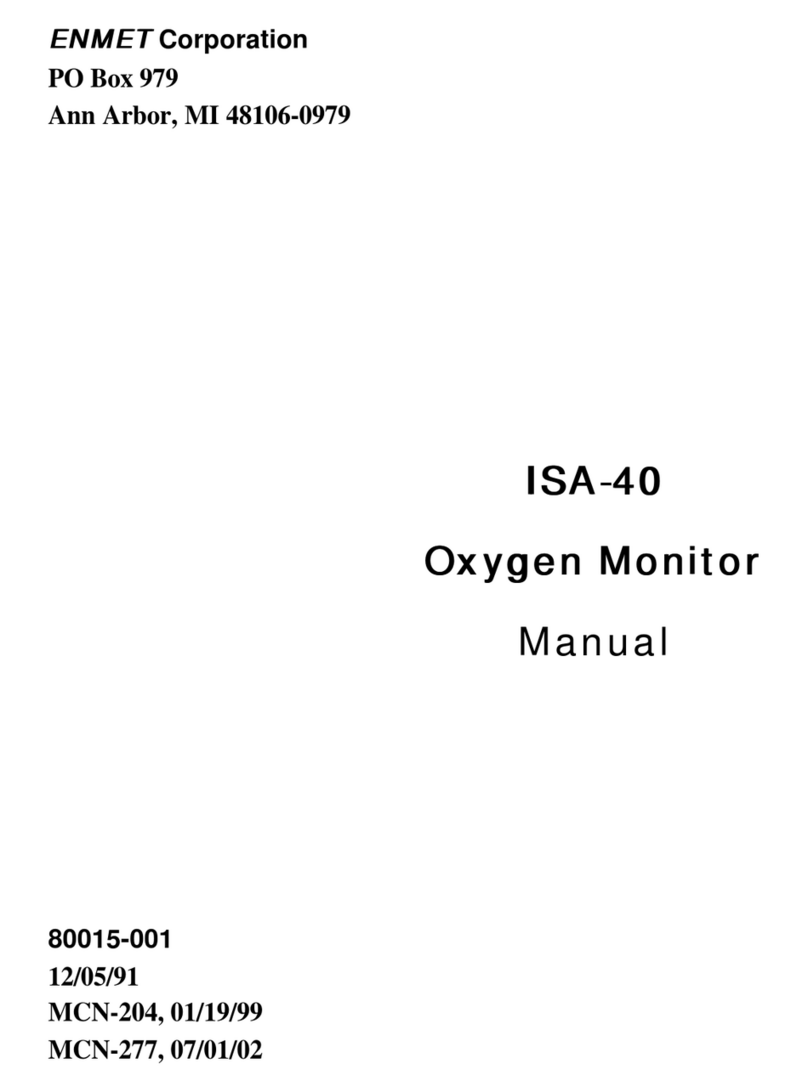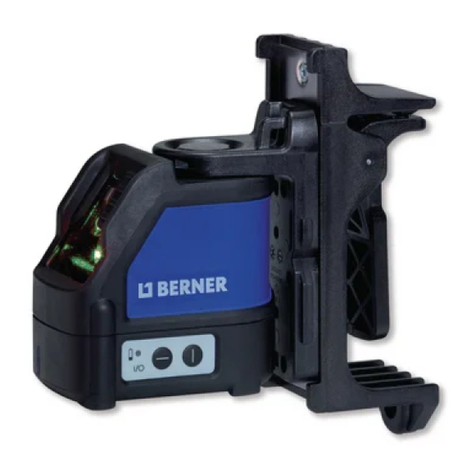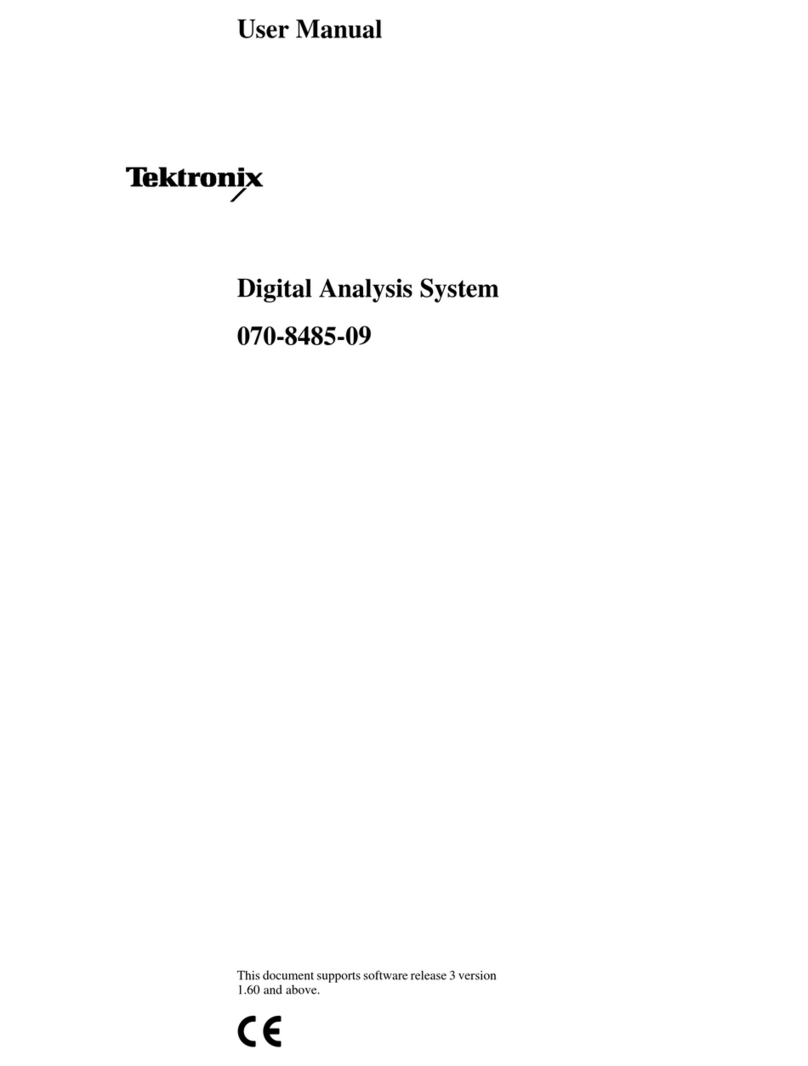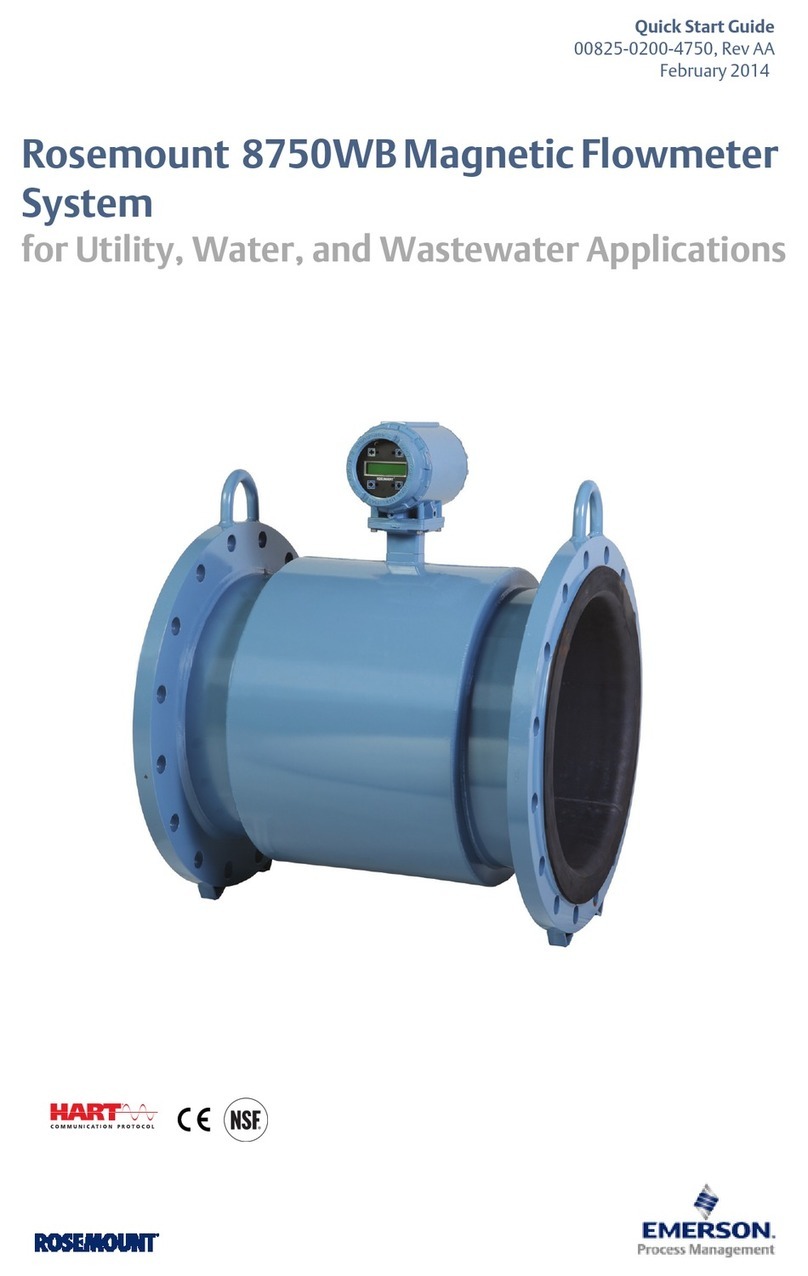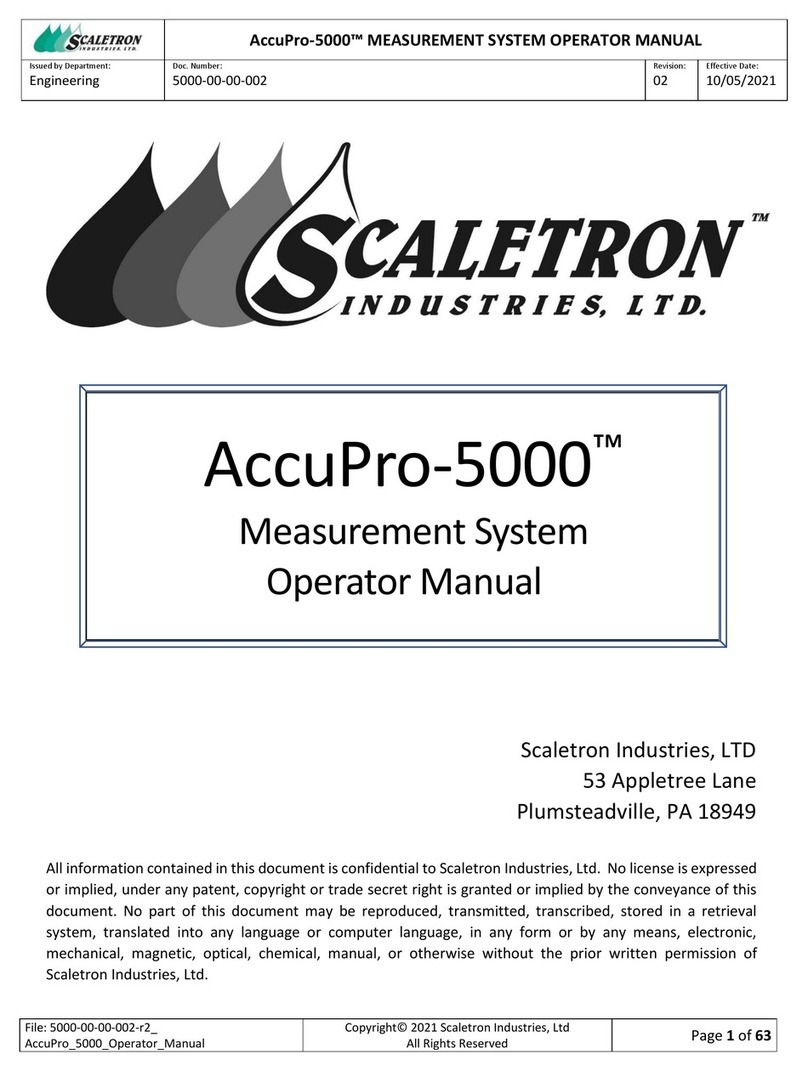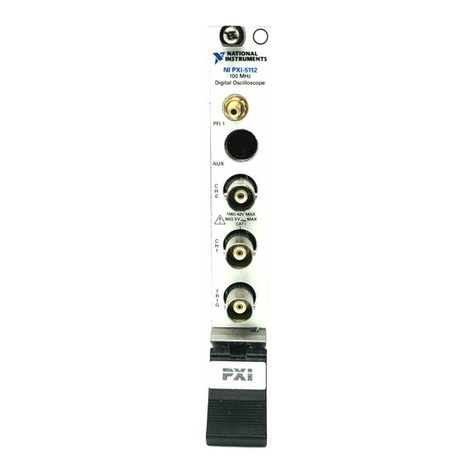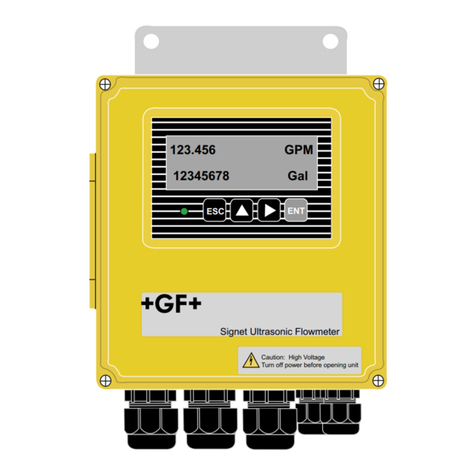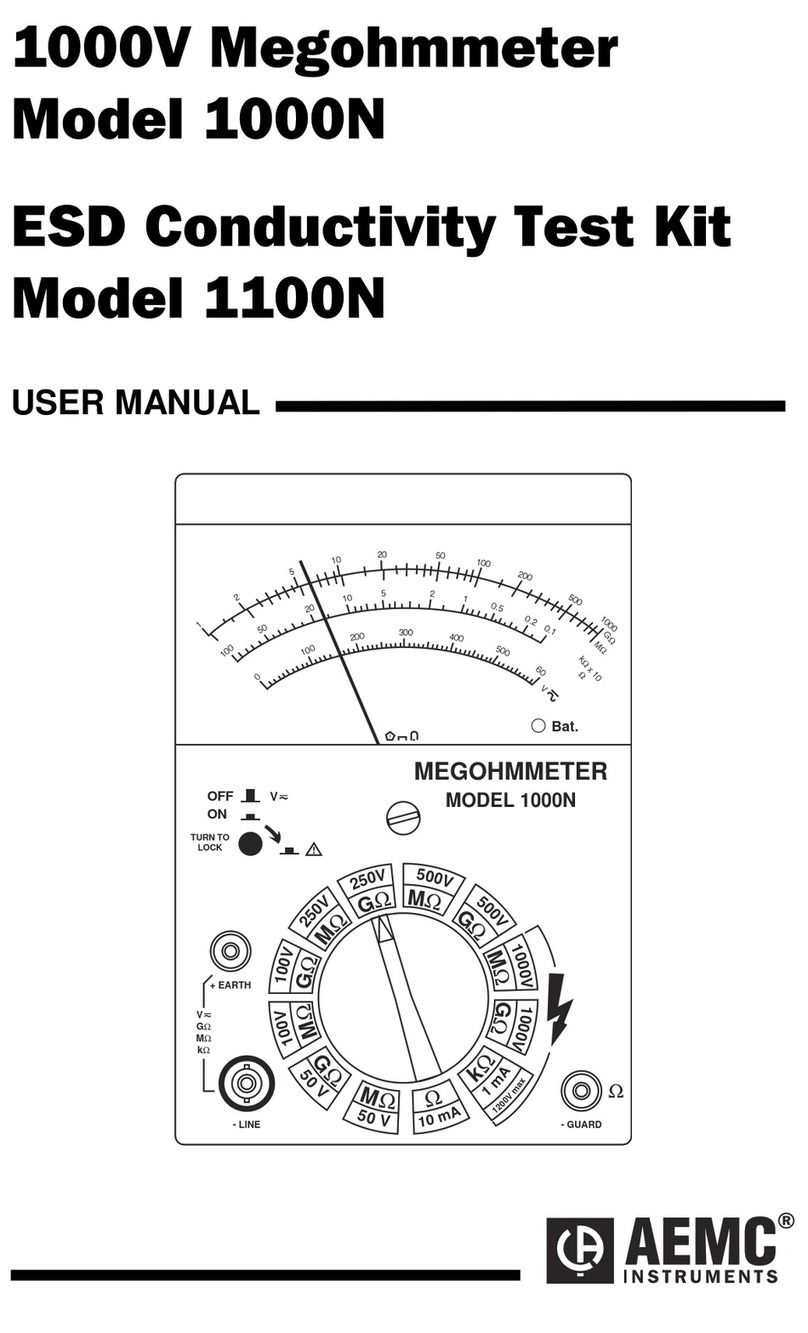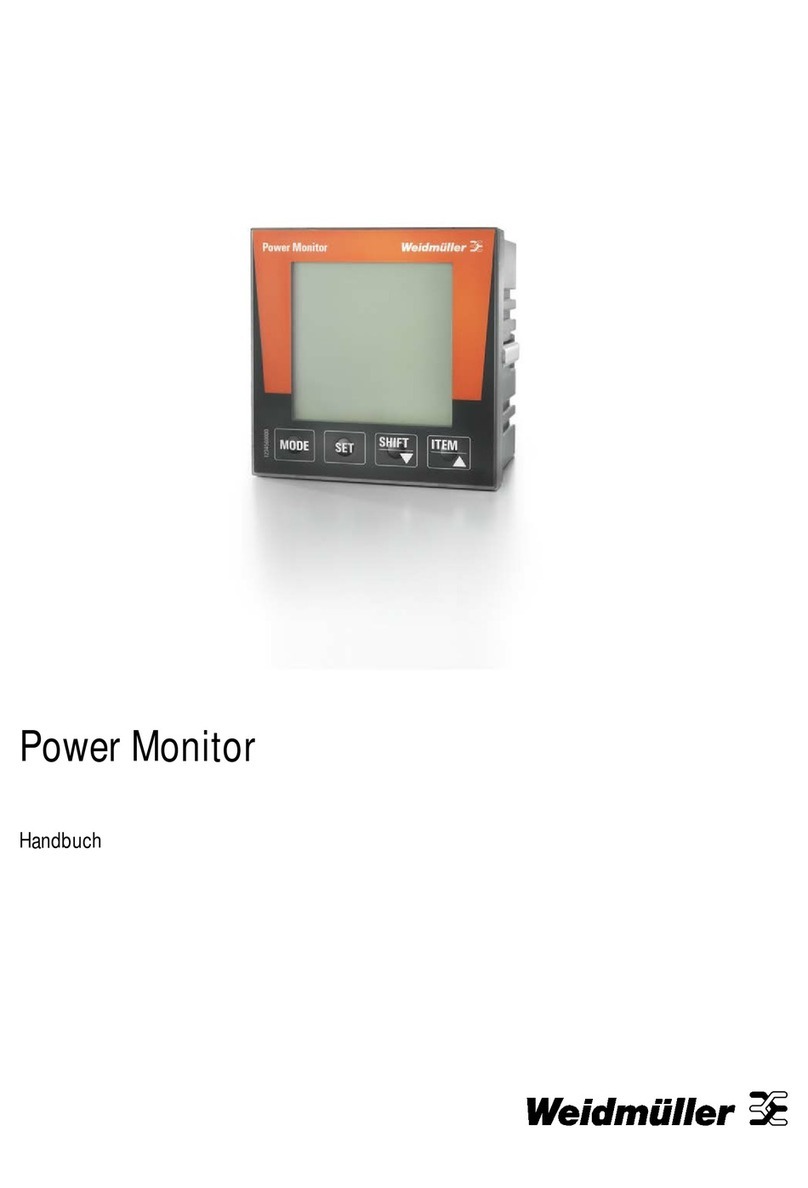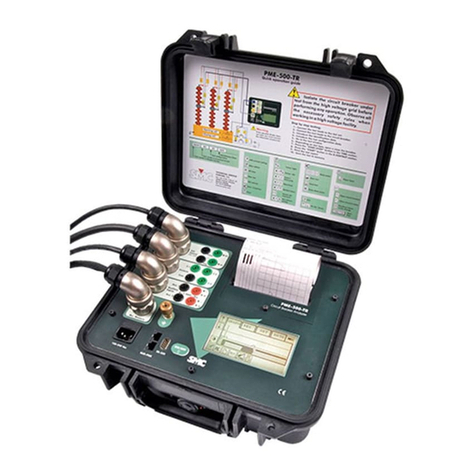Water Monitoring System
Ver.5.0.1 – Revision August 2022Page 3 of 111
Content
1INTRODUCTION ...........................................................................................................................7
1.1 ABOUT THIS MANUAL ..................................................................................................................... 7
1.2 INQUIRIES AND FEEDBACK .............................................................................................................. 8
1.3 ABOUT THE SYSTEM ...................................................................................................................... 8
2SPECIFICATIONS...................................................................................................................... 10
3SAFETY ASPECTS.................................................................................................................... 15
4MENU STRUCTURE .................................................................................................................. 18
4.1 HOME ........................................................................................................................................ 18
4.1.1 PAH ............................................................................................................................ 19
4.1.2 Turbidity, pH/Temperature or Flow ............................................................................. 21
4.2 SETTINGS ................................................................................................................................... 22
4.2.1 Setup.......................................................................................................................... 22
4.2.2 Alarms ........................................................................................................................ 25
4.2.3 External Communication Watchdog ........................................................................... 25
4.2.4 Logging ...................................................................................................................... 26
4.2.5 IP Address Configuration............................................................................................ 26
4.2.6 Software Update ........................................................................................................ 27
4.3 TREND SELECTION ...................................................................................................................... 29
4.3.1 Trend Graph ............................................................................................................... 29
4.4 RUN........................................................................................................................................... 29
5COMMISSIONING...................................................................................................................... 30
5.1 WM ........................................................................................................................................... 30
5.2 WMR ........................................................................................................................................ 31
5.3 WMRTU.................................................................................................................................... 31
5.4 WMP......................................................................................................................................... 32
5.5 WMPH ...................................................................................................................................... 34
6VALIDATION & CALIBRATION .................................................................................................... 35
6.1 VALIDATION/CALIBRATION OF THE PH MODULE ............................................................................... 36
6.2 VALIDATION/CALIBRATION OF THE TURBIDITY MODULE..................................................................... 37
6.3 VALIDATION/CALIBRATION OF THE PAH MODULE............................................................................. 39
6.3.1 PAH Module Validation Methods ................................................................................ 39
6.3.2 PAH Sensor Ranges .................................................................................................. 40
6.3.3 Before Validation/Calibration ...................................................................................... 40
6.3.4 Validation of G6110 PAH Module ............................................................................... 42
6.3.5 Validation of G6111 PAH Module................................................................................ 43
6.4 CALIBRATION OF THE PAH MODULE .............................................................................................. 44
6.4.1 Storing a Calibration Point of G6110 PAH Module ..................................................... 45
6.4.2 Storing a Calibration Point of G6111 PAH Module...................................................... 46
6.4.3 Factory Calibration ..................................................................................................... 47




















